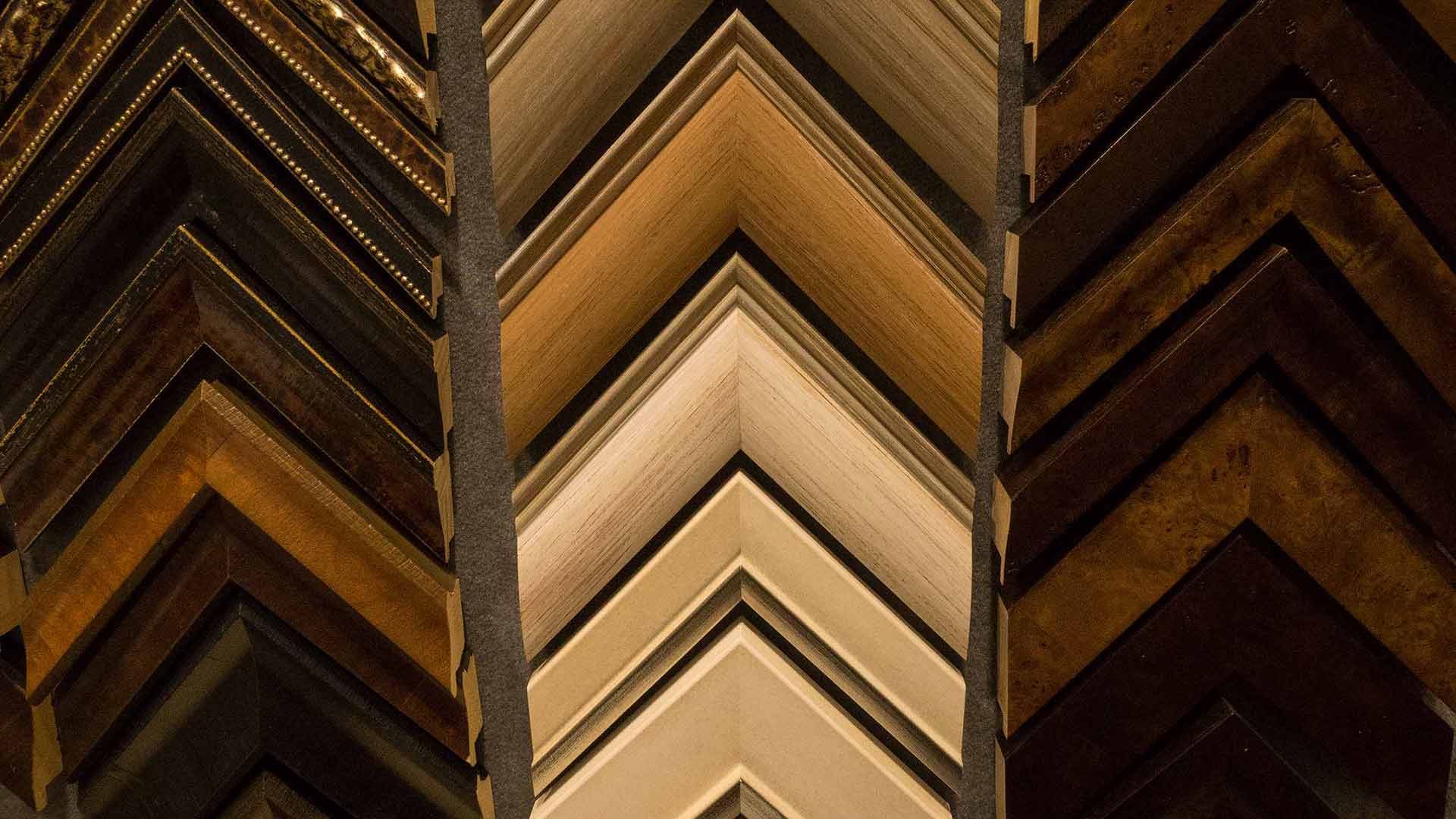Conservation framing is the process of using specific materials and methods to provide long-term protection for framed works.
While all works could be framed in this manner, it is generally used for those items that have a high perceived value to the owner of the work. Nonetheless, we would advise conservation framing for valuable items of sentimental or historical significance.
The majority of conservation framing deals with works of art or documents on paper, and it is paper amongst other mediums that can suffer most with the passage of time. Changes in humidity and temperature, along with light sources, can have a detrimental effect on this medium in a relatively short space of time.
Let’s now have a look at the primary materials used in conservation or preservation framing:
